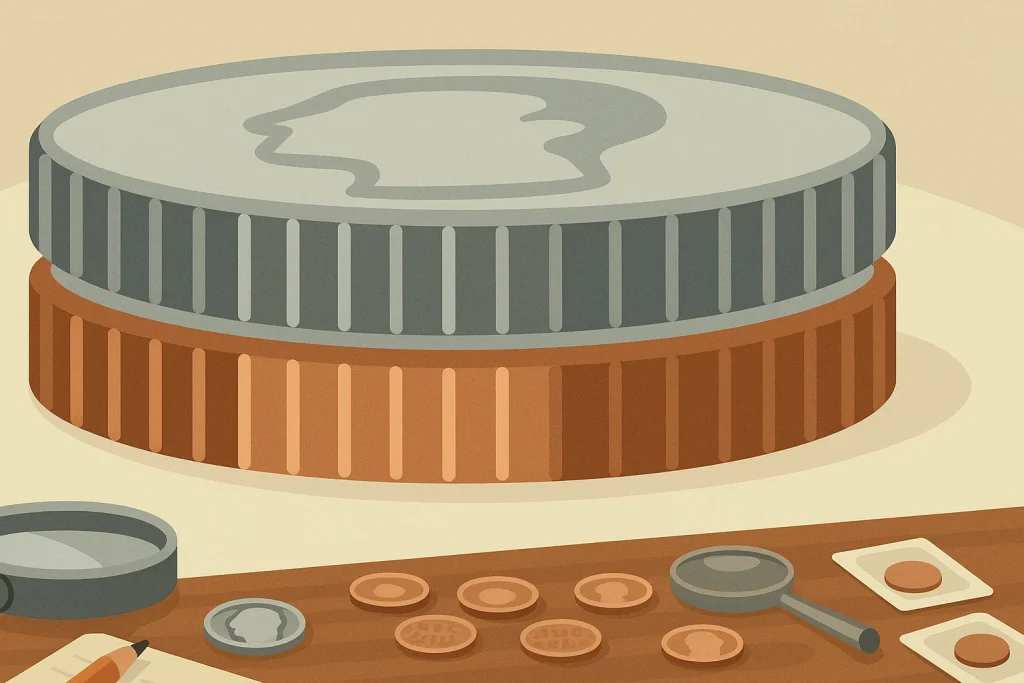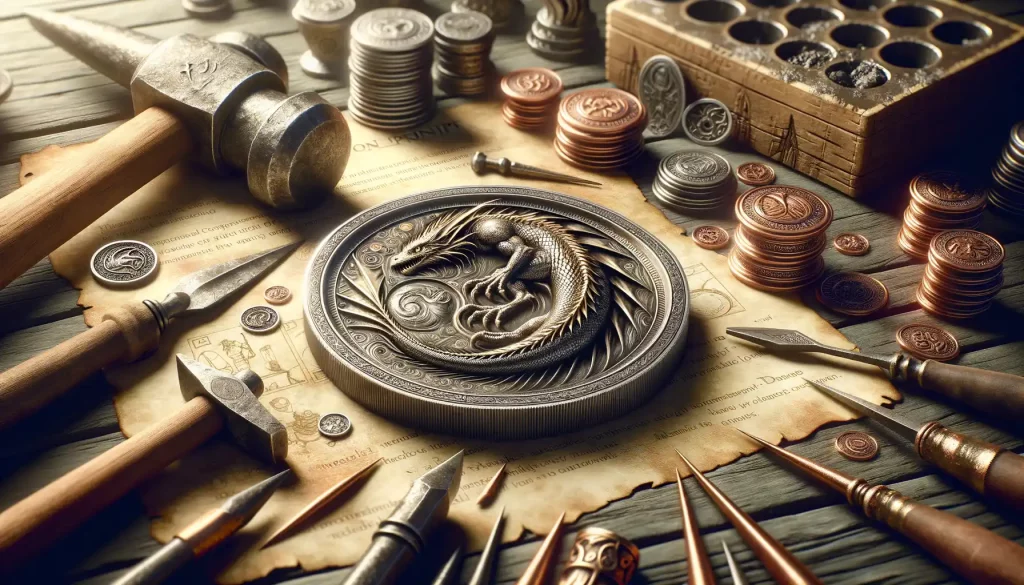Historical Roots of Coinage in Fantasy Worlds
Unearthing the Origins of Fantasy Coinage
Imagine the glint of a golden dragon coin tumbling across a weathered tavern table in your favorite fantasy tale. Have you ever stopped to wonder about the roots of these coins? Much like our own history, the dazzling currencies of fantasy realms owe their existence to ancient inspirations steeped in folklore, culture, and necessity.
Before vaults overflowed with dwarven mithril or elven moonstones, early civilizations—both mythical and real—relied on bartering. Trading a sack of wheat for a sturdy goat might work for small villages. But what happens when a wandering wizard wants to sell an enchanted crystal? Enter coins: portable, universal symbols of value. Fantasy worlds often borrow from this very evolution.
Some of the richest lore emerges when authors draw from historical currencies like:
- Roman denarii, evoking empires and conquest;
- Norse hack-silver, perfect for rugged Viking-like adventurers;
- Medieval florins, humming with tales of feudal kings and courtly intrigue.
Fantasy coins do more than pay tavern tabs—they whisper stories. That ancient copper penny in a rogue’s pouch? Perhaps it once belonged to a long-dead sorceress. Every clink holds a legend waiting to unfold.
Impact of Real-World History on Fantasy Currency
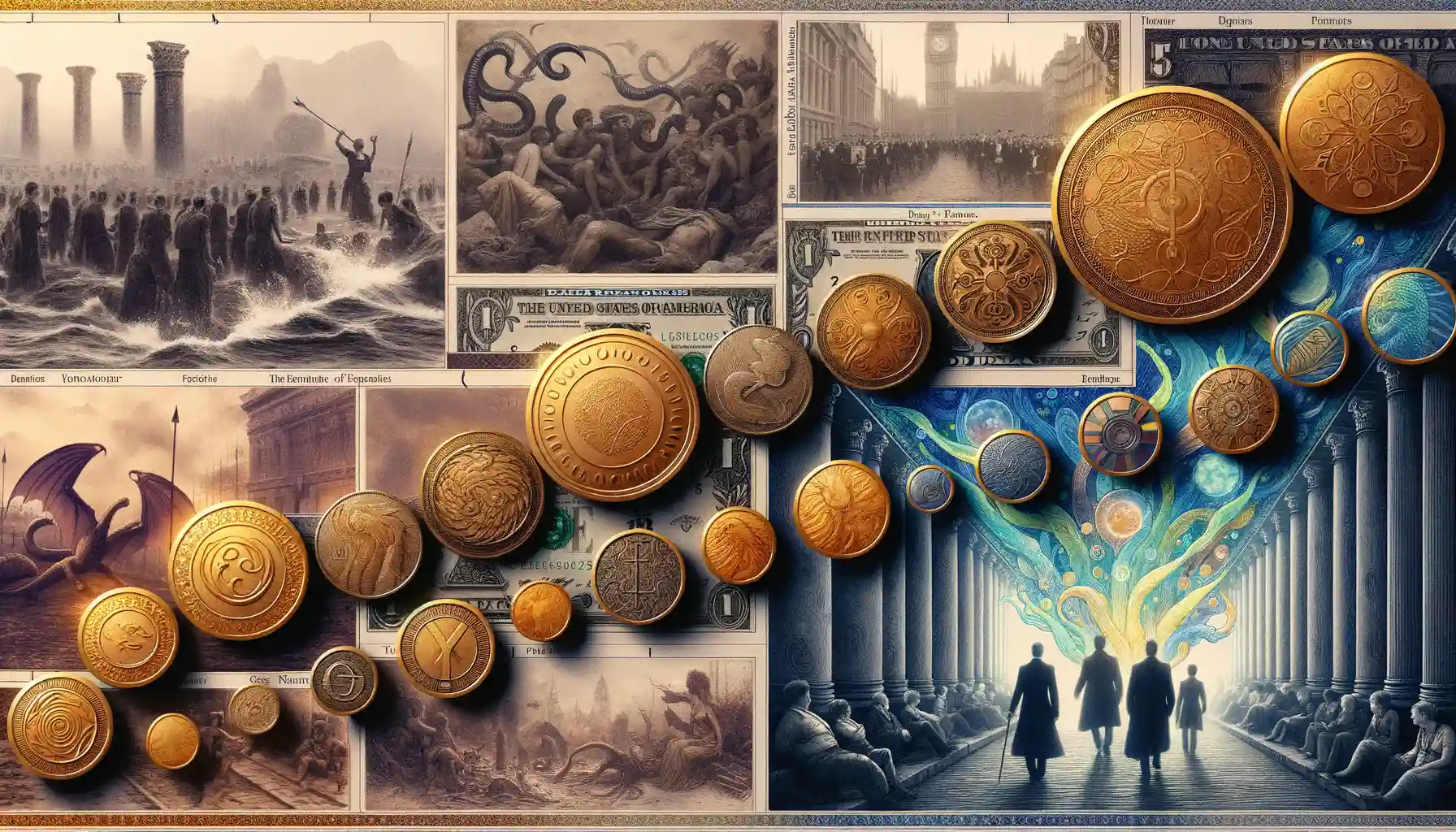
How Medieval Economies Shape Imaginary Coins
Why do so many fantasy worlds lean on shimmering gold, rugged silver, or timeworn copper to craft their coinage? It’s not random—it’s a mirror of our own history. Picture medieval Europe, where coinage wasn’t just money but a delicate dance of power, trade, and survival. These real-world dynamics breathe life into the coins of fantasy realms.
Take the idea of a king’s face stamped on gold coins. In history, this was more than decoration—it was propaganda in metal form, spreading dominance with every trade. Fantasy authors latch onto this concept, creating coins emblazoned with the visages of elven queens or stoic dwarven kings. It’s about prestige, legacy, and a tangible reminder of who rules the realm.
- Consider pirates’ obsession with “pieces of eight”—a nod to the Spanish dollar that dominated the seas in the 16th century.
- Or bartering systems: Viking-age Scandinavia often used hacksilver (bashed-up chunks of precious metal). Doesn’t that scream chaotic, gritty fantasy settings?
Real-world coin values often depended on the purity of the metal. No surprise then, fantasy worlds weave corruption into their economies—shady blacksmiths melting down royal coins to forge counterfeit currency. The echoes of history make these mechanisms feel plausible while still sparking the imagination.
Depiction of Coinage Systems in Popular Fantasy Literature
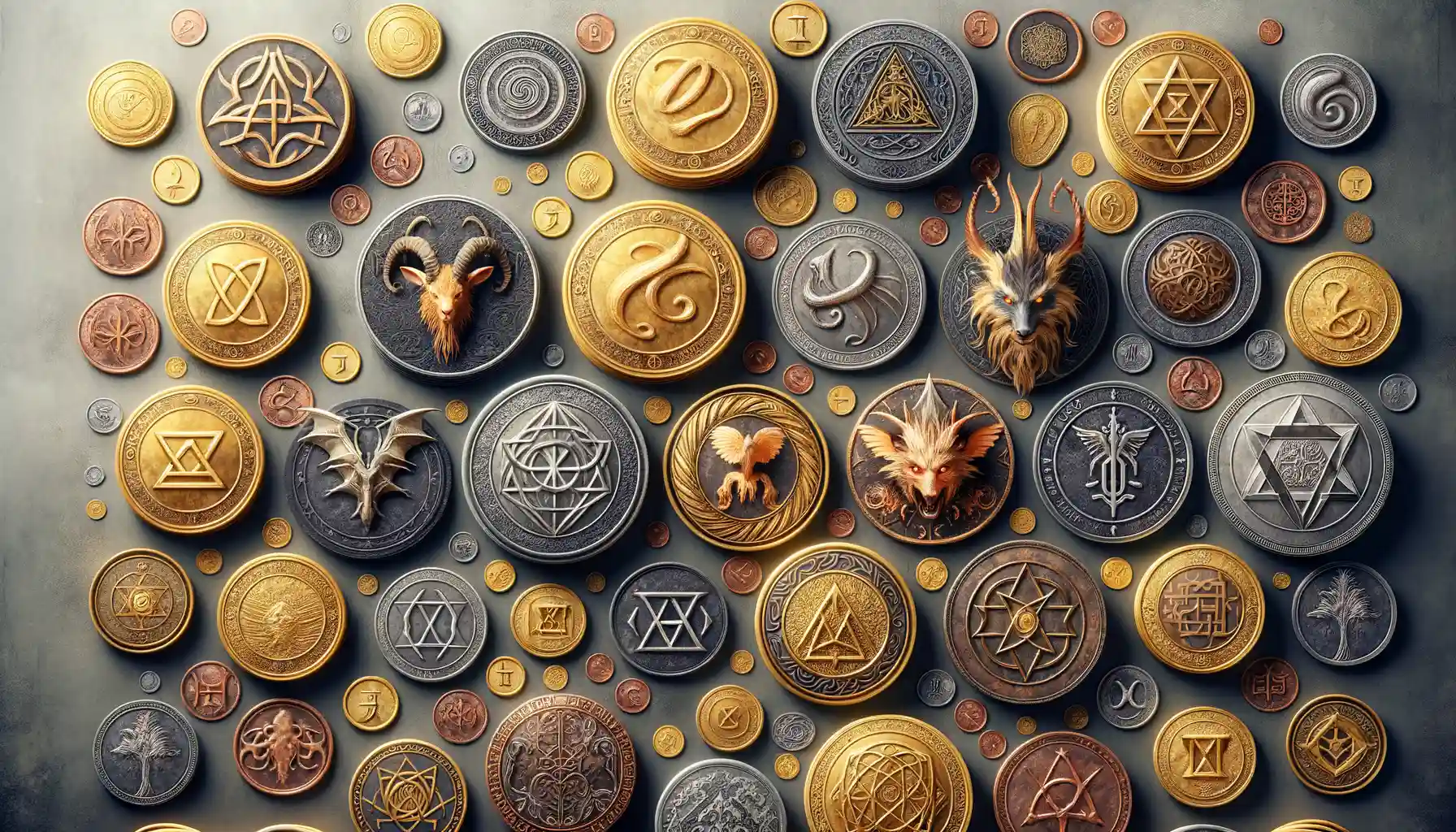
Shimmering Dreams: How Fantasy Authors Forge Their Economies
In the world of fantasy literature, coins don’t just clink—they tell stories, whisper secrets, and spark adventures. Some authors weave entire economies so vivid they feel like another layer of character development. Have you ever paused to marvel at how a simple gold coin can carry the weight of a kingdom’s history or a thief’s life?
Take J.R.R. Tolkien’s Middle-earth, for instance. While he rarely dives into specifics about currencies, the mere mention of dwarven treasure—vast piles of glittering gold and rare jewels—creates a portrait of wealth tied irrevocably to culture and pride. Contrast that with the grimy, silver crowns of Westeros in George R.R. Martin’s *A Song of Ice and Fire*. Here, coinage becomes a tool for manipulation, survival, and betrayal.
But let’s not forget more imaginative spins. Brandon Sanderson’s *Mistborn* series introduces coins as not only currency but literal weapons used in Allomancy—a masterstroke where economy and magic collide.
- Rare metals turned into power: Who doesn’t love a system where your pocket change doubles as ammunition?
- Distinct cultural imprints: Elantrian coins, etched with glowing symbols, reflect a fallen empire’s lost glory.
These moments aren’t just economic fluff; they’re emotional hooks, grounding us deeper into the worlds we lose ourselves in.
Role of Coinage in Fantasy Gaming Economies
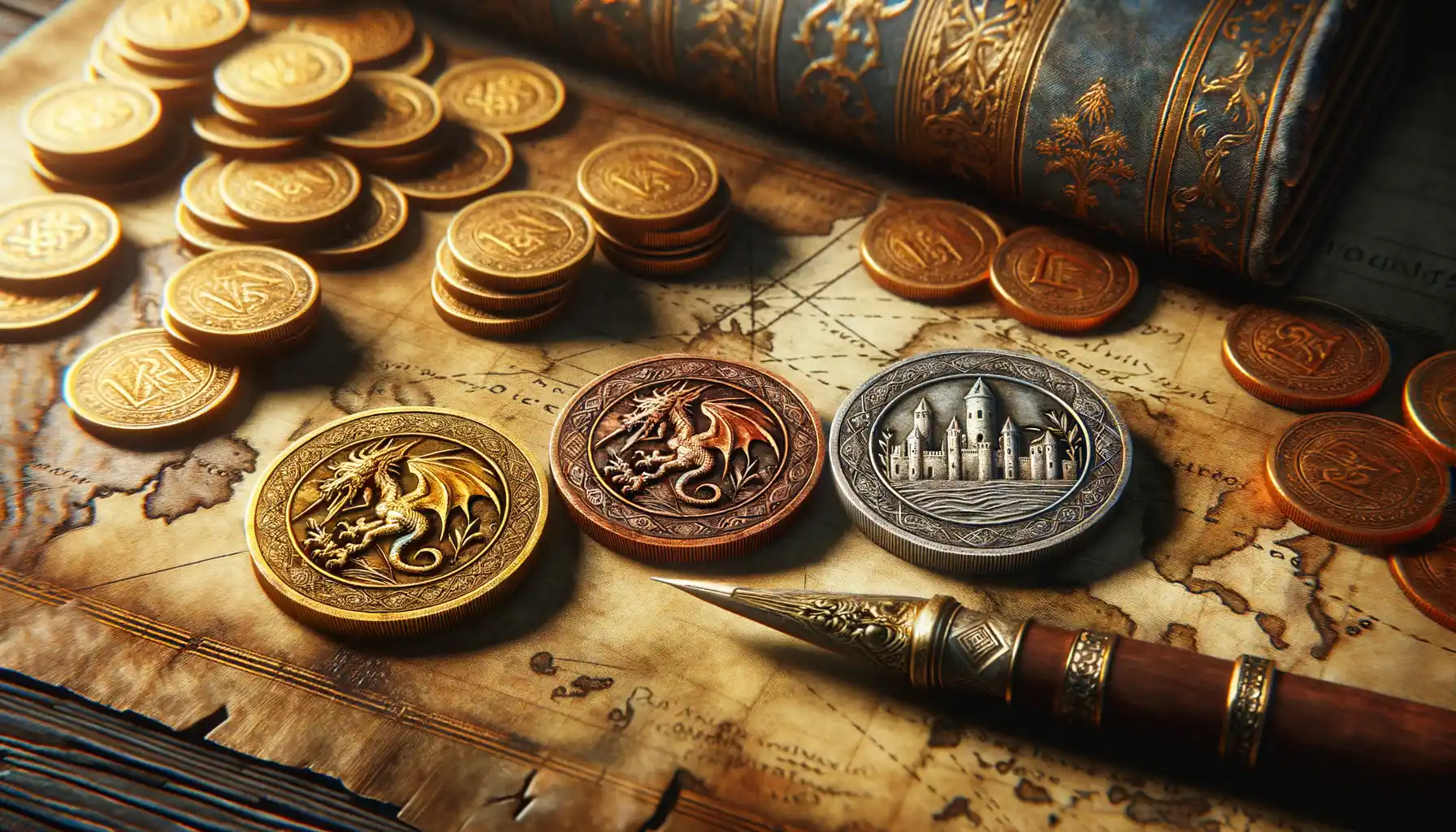
How Currency Brings Fantasy Games to Life
Step into any immersive fantasy game, and you’ll notice one thing: the world feels more alive when its economy hums with its own unique rhythm. At the heart of that economy? Coinage. But these aren’t just shiny bits of gold sitting in a pouch—they represent power, progress, and even personality within the game.
Think about it: What’s a hero without a pile of gleaming coins to spend at the local blacksmith? Or how can a rogue truly thrive without haggling over the perfect counterfeit currency? These currencies aren’t just mechanics; they’re storytelling tools.
- A stack of clinking Elven crescent-moons could hint at trade routes between distant nations.
- An ancient Dragonlord Obsidian Coin might double as a relic, unlocking secret quests.
- And those chipped copper pieces from the tavern? They whisper of the harsh realities of daily survival.
Gaming Economies that Demand Strategy
Currency drives decision-making. Will you hoard your glittering platinum doubloons, or risk them in a dicey bidding war for a magical artifact? Games like The Elder Scrolls or Dungeons & Dragons thrive because their coinage encourages creativity. The scarcity of rare metals, regional tax systems, and fluctuating exchange rates often mirror real-world economics, making choices feel weighty and rewarding.
In short, fantasy coinage infuses gaming worlds with authenticity. It’s treasure hunting, budgeting, and diplomacy—all rolled into a single, clinking bag of coins.
Future Trends and Innovations in Fantasy Coinage
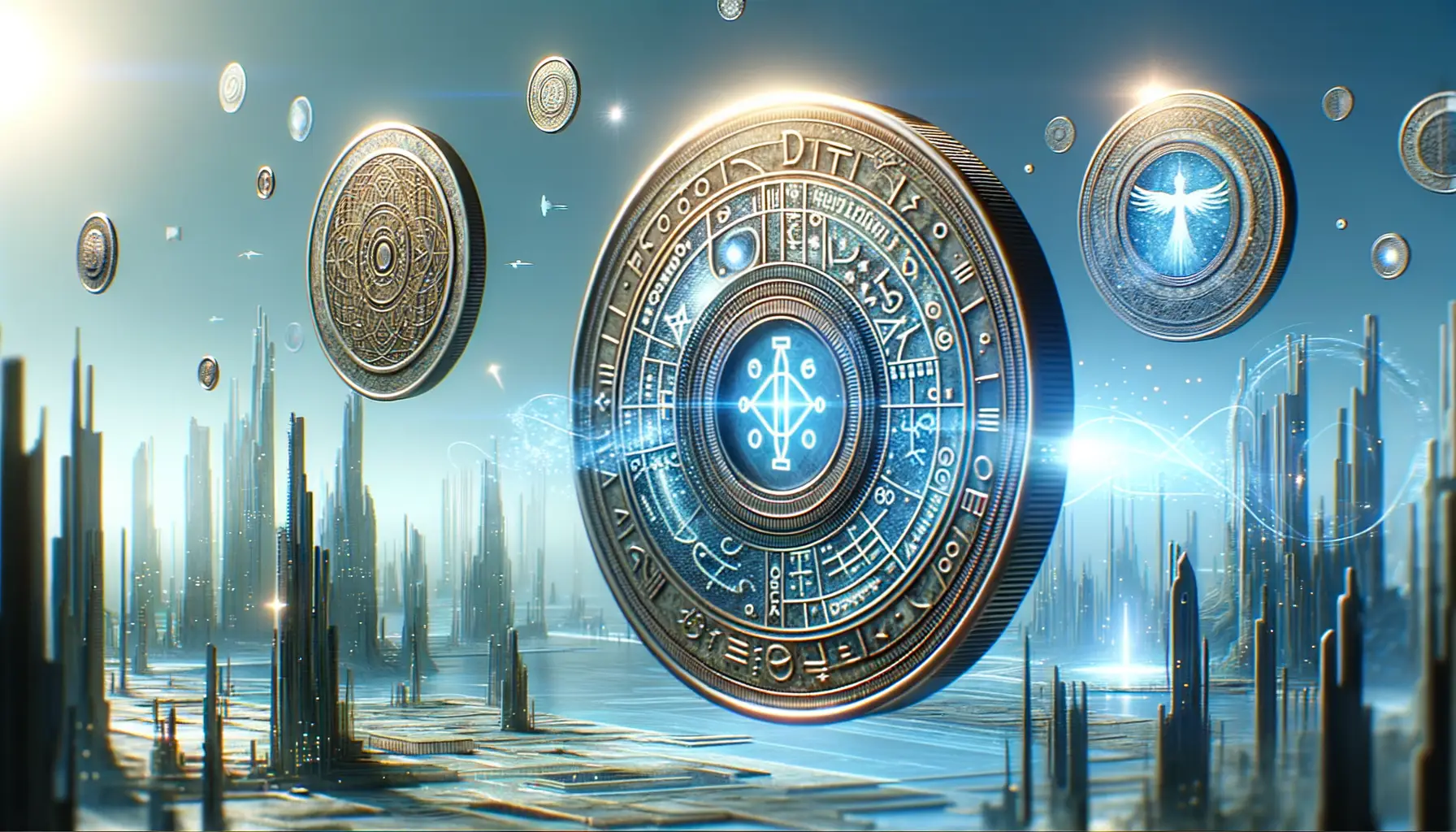
Reimagining Wealth in Fantasy Worlds
The future of fantasy coinage is dazzlingly imaginative, opening doors to currency systems that are more than just shiny metal discs. Picture this: coins that whisper forgotten secrets when touched, or glowing tokens that change color depending on their holder’s emotions or intentions. Fantasy worlds thrive on the extraordinary, and their currencies should be no exception.
With advances in storytelling and gaming, we’re seeing a shift toward deeply immersive economies. In some games, like “The Witcher”, currency systems already reflect regional disparities and historical nods. But what if future fantasy innovations went further? Imagine markets where coins aren’t just spent, but evolve—growing rarer or even decaying over time based on magical energy levels or player actions.
- Interactive currency: Coins linked to quests, unlocking only under specific conditions.
- Symbolic value: Gold imbued with cultural significance, such as ancestral emblems visible only to certain bloodlines.
Fantasy creators are also exploring non-traditional media for wealth. Think rune-etched leaves, crystallized starlight, or living, breathing creatures like tiny phoenixes serving as trade tokens. The possibilities aren’t just boundless—they’re breathtaking. What will you hold in your hand next?

